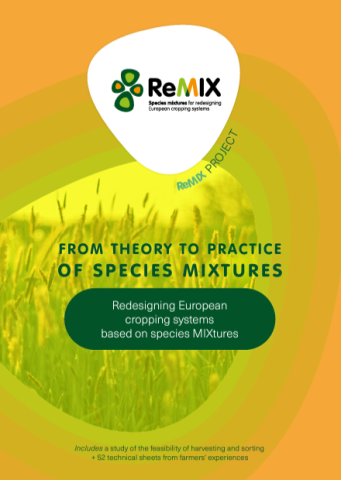ReMIX is a Research and Innovation project, funded by the EU's Horizon 2020 Program under Societal Challenge 2 - Food security, sustainable agriculture and the Bioeconomy. ReMIX will exploit the benefits of species mixtures to design more diverse and resilient arable cropping systems, making use of agro-ecology principles and adopting the EIP-Agri multi-actor approach.
This report is from the ReMIX project.
Download the report Below.


